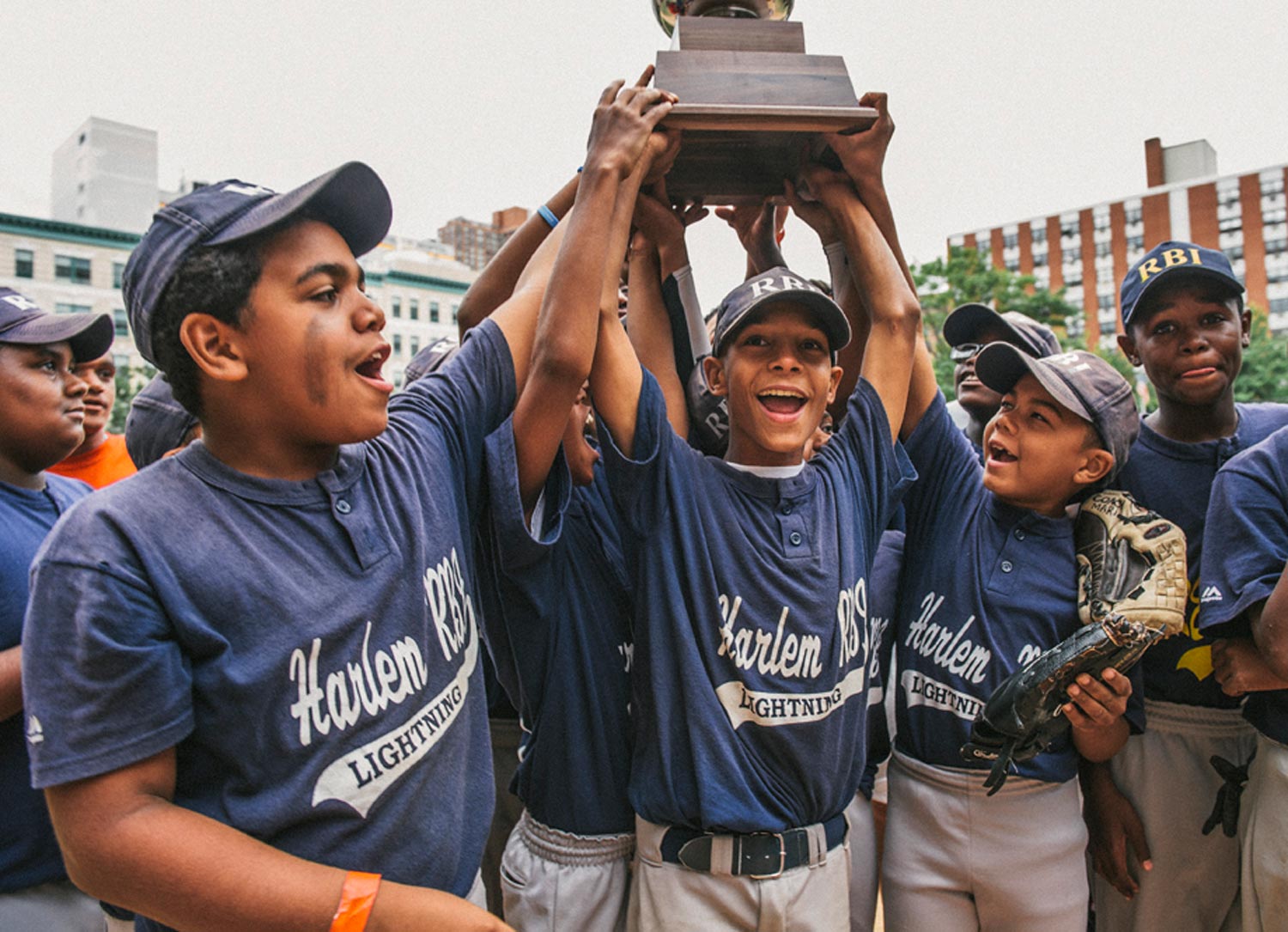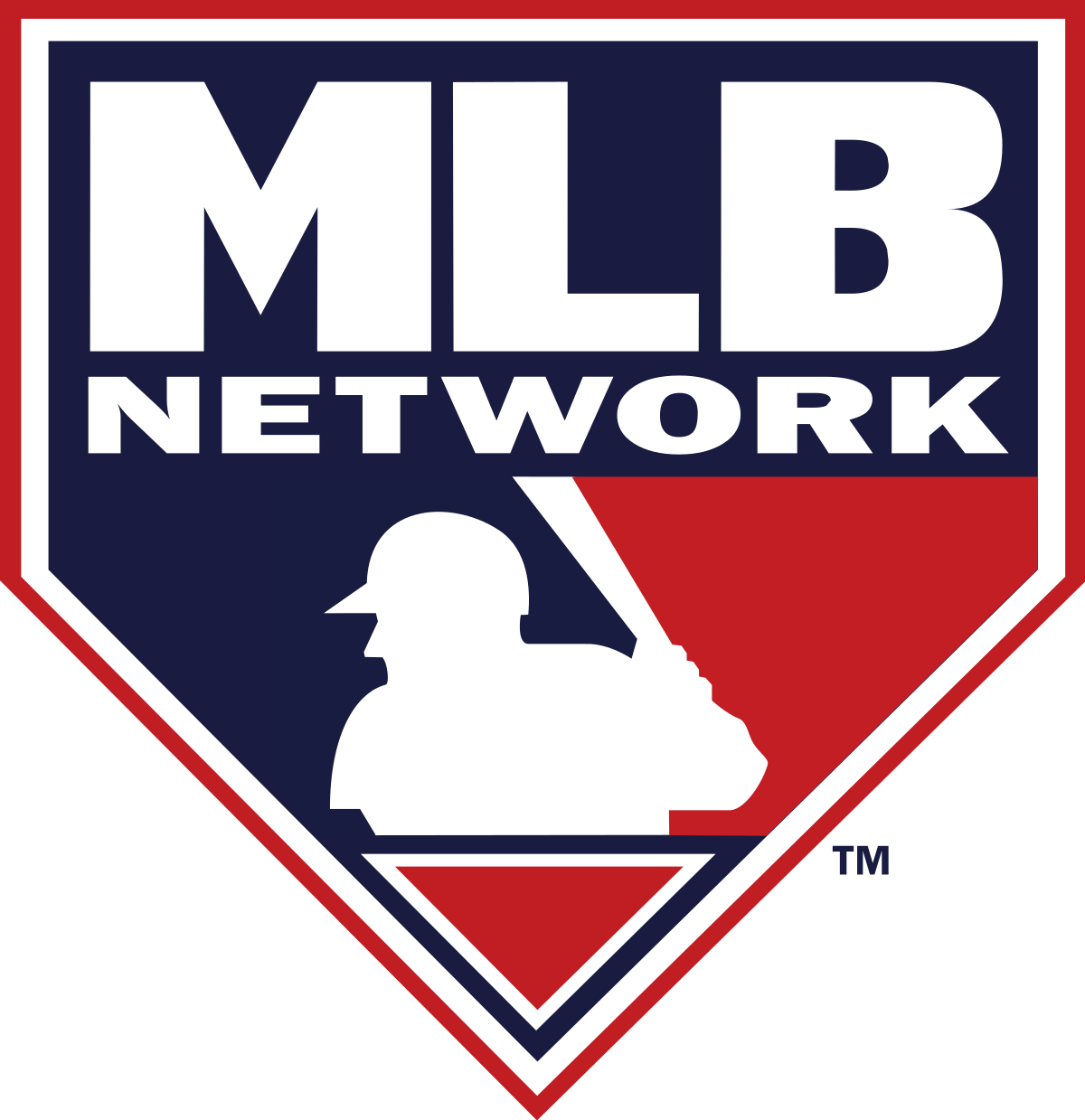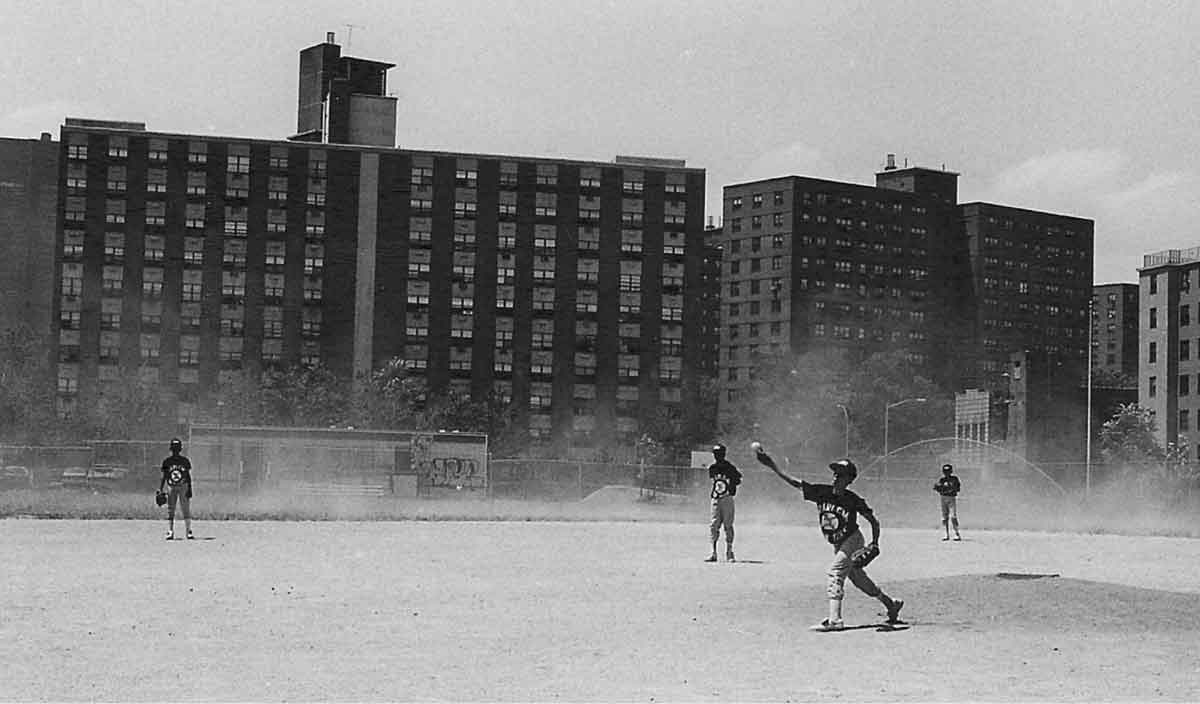
BLOOMINGBURG, NY – It has been referred to as America’s Pastime but baseball is no longer the most popular sport in this country.  When you see hoards and throngs of people lining the streets of Nashville, Tennessee over the nauseating three-day event called the NFL Draft and combine this with all the empty seats across MLB ballparks, there is little debate as to what is more popular. Are there any easy answers to what the hell is going on with baseball recently? I’m just speculating today on what’s ailing the game.
When you see hoards and throngs of people lining the streets of Nashville, Tennessee over the nauseating three-day event called the NFL Draft and combine this with all the empty seats across MLB ballparks, there is little debate as to what is more popular. Are there any easy answers to what the hell is going on with baseball recently? I’m just speculating today on what’s ailing the game.
The point I’m about to make is not speculation, as my curiosity led me to research Little League participation numbers because let’s face it, youth levels are where any sport cultivates a new generation of fans. Just talking sheer numbers, Little Leaguers hit a peak of three million players in the mid-1990’s. That is now down in the neighborhood of 2.4 million. That’s a considerable amount to be losing out on from a marketing standpoint. Baseball is not helping itself out any as has been discussed on MTM – the elimination of day games – later start times, the World Series money grab and lack of African-American participation have all been valid talking points. There might be more athletic activities available to our youth, as opposed to when I was a kid. American youth soccer for one has to be cutting into Little League numbers. There’s also no shortage of televised soccer whether it’s English Premiere League or the American Soccer League (MLS?Is that what they call it?) and it’s on the tube mornings and afternoons so kids can actually watch.

Much has been made about the slow pace of baseball and it’s appeal or lack thereof, to teens and young adults. Baseball diehards who tend to be of an older demographic, have no problem sitting through a game. Baseball is competing with the constant fast-paced action and physical play in football and hockey. There’s also a play clock involved and you can throw basketball into the mix as an alternative to the American Pastime. Where there’s smoke there’s fire, as MLB Commissioner Rob Manfred has made an effort to speed up the game’s pace by limiting the number of trips to the pitching mound. Another concession in speeding up play is not allowing the in and out dance by hitters in the batter’s box. There’s a certain amount of admitting fault in your game when tradition is tossed to the curb. I think a certain amount of desperation exists regarding the attempt to appeal to new viewers/fans.
Economics. An old crust like me remembers hopping on public transportation as a teenager and going to games at Yankee Stadium.  General Admission tickets were about four bucks and we would sneak into field level seats toward the back part of the home plate screen. After a hot dog and soda plus the bus fare, we still had money left over for a slice of pizza back in our neighborhood. Those days are long gone thanks to the newly constructed seating caste system most ballparks have built. Nothing like separating the haves and have nots into rich fans and average fans. Fourteen dollar beers, $8 water, and 7-buck hot dogs just isn’t in a lot of people’s price range; myself included. Ticket costs alone have helped price Joe Sixpack out of attending games.
General Admission tickets were about four bucks and we would sneak into field level seats toward the back part of the home plate screen. After a hot dog and soda plus the bus fare, we still had money left over for a slice of pizza back in our neighborhood. Those days are long gone thanks to the newly constructed seating caste system most ballparks have built. Nothing like separating the haves and have nots into rich fans and average fans. Fourteen dollar beers, $8 water, and 7-buck hot dogs just isn’t in a lot of people’s price range; myself included. Ticket costs alone have helped price Joe Sixpack out of attending games.
Player salaries are ever-escalating, so teams really can’t be hurting too badly, even with declining turnstile figures. Every square inch of a ballpark has been turned into revenue-generating advertising space. Stadiums have naming rights, costing millions to the buyer. Team-owned cable television stations are the norm nowadays and line the coffers even more. There is Baseball Armageddon – a MLB Armageddon – ahead and it will all be Major League Baseball’s fault for forgetting their average fan base for a corporate one, and not making the sport more youth-friendly.

Comment below if you wish and come back tomorrow for a man whose twin toddler daughters keep him youth-friendly, Ben Whitney.

